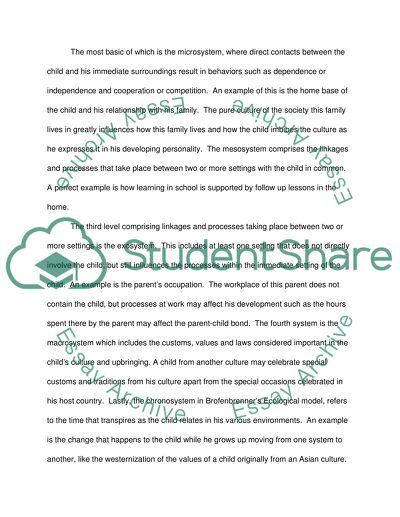Cite this document
(“Reaction paper of Human Growth and development Essay”, n.d.)
Retrieved from https://studentshare.org/environmental-studies/1413566-reaction-paper-of-human-growth-and-development
Retrieved from https://studentshare.org/environmental-studies/1413566-reaction-paper-of-human-growth-and-development
(Reaction Paper of Human Growth and Development Essay)
https://studentshare.org/environmental-studies/1413566-reaction-paper-of-human-growth-and-development.
https://studentshare.org/environmental-studies/1413566-reaction-paper-of-human-growth-and-development.
“Reaction Paper of Human Growth and Development Essay”, n.d. https://studentshare.org/environmental-studies/1413566-reaction-paper-of-human-growth-and-development.


